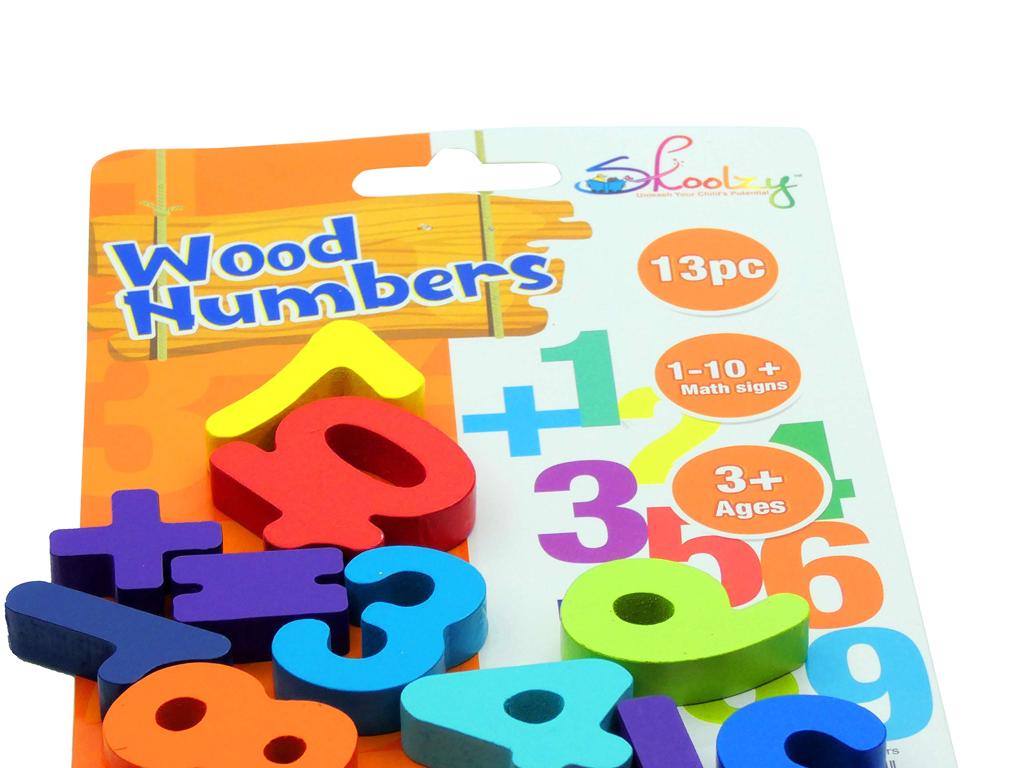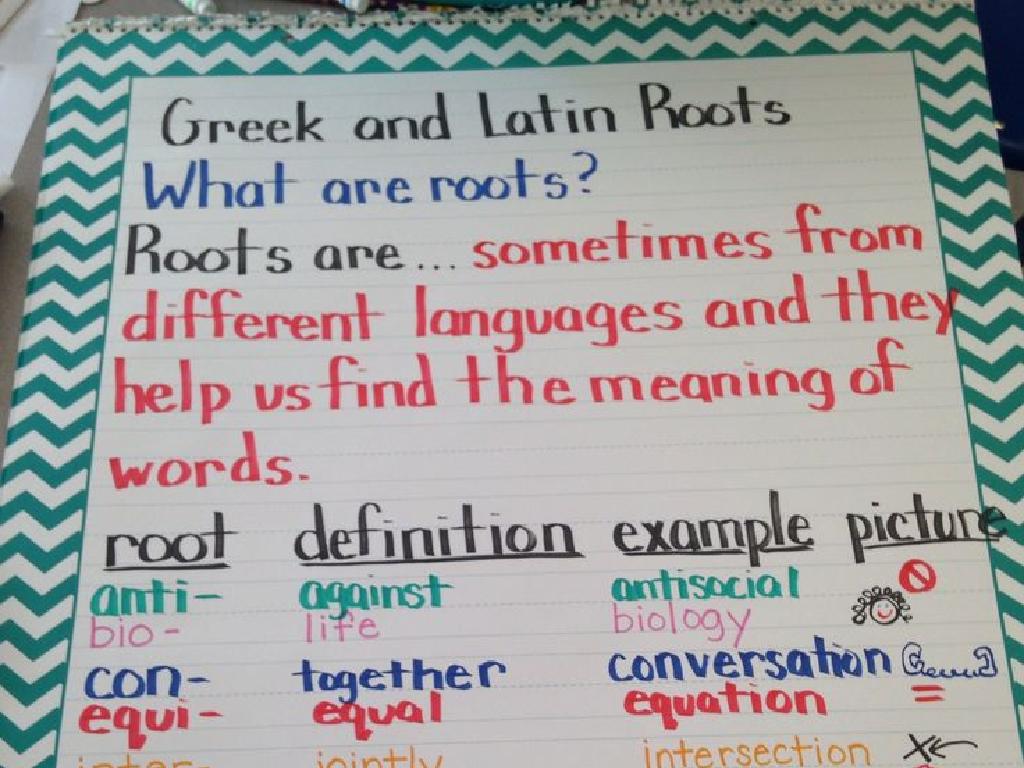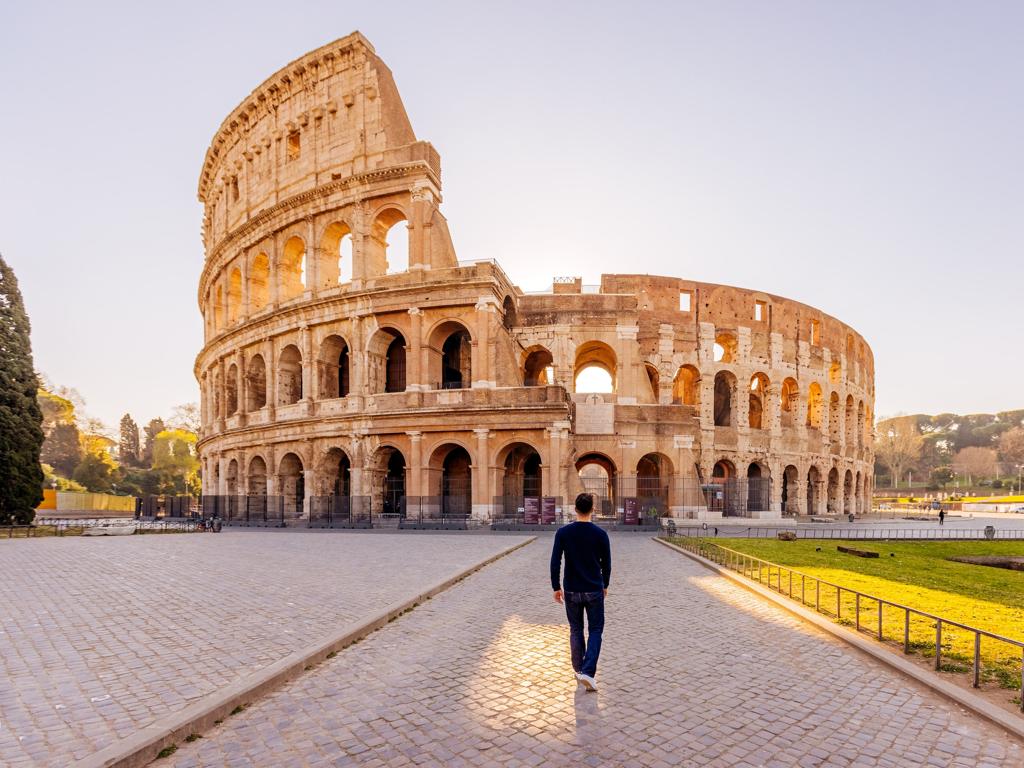Country Profile: Brazil
Subject: Social studies
Grade: Eighth grade
Topic: The Americas: Society And Environment
Please LOG IN to download the presentation. Access is available to registered users only.
View More Content
Welcome to Brazil: The Heart of South America
– Explore Brazil’s vibrant culture
– Brazil is known for its rich traditions, including Carnival.
– Discuss Brazil’s diverse ecosystems
– Home to the Amazon rainforest and Pantanal wetlands.
– Understand Brazil’s economic impact
– Brazil is a leading producer of coffee, soybeans, and more.
– Recognize Brazil’s role in global affairs
– Brazil is part of BRICS and plays a key role in international relations.
|
This slide introduces students to Brazil, a country with a profound cultural heritage and significant global influence. Students will explore the various aspects that make Brazil unique, including its cultural festivities like Carnival, its critical environmental regions such as the Amazon, its substantial contributions to the global economy through agriculture and other industries, and its strategic geopolitical position. The lesson aims to provide a comprehensive understanding of Brazil’s importance on the world stage and its impact on global environmental and economic systems. Encourage students to think about how Brazil’s diverse society and environment contribute to its role in international affairs.
Exploring Brazil’s Geography
– Brazil’s location and size
– Located in South America, 5th largest country globally, bordered by 10 countries and the Atlantic Ocean
– Major geographical landmarks
– Home to the Amazon River, vast Rainforest, and the Pantanal wetlands
– Climate zones and their effects
– Ranges from equatorial to temperate, influencing agriculture and settlement patterns
– Impact on lifestyle and economy
– Climate and geography shape agriculture, tourism, and urban development
|
This slide introduces students to the geography of Brazil, emphasizing its significant position in South America and its vast size. Highlight Brazil’s diverse geographical features, including the Amazon River, the expansive rainforest, and the Pantanal wetlands, which are crucial for the country’s biodiversity. Discuss the various climate zones, from the hot and humid equatorial region to the cooler temperate areas, and how these climates affect the way people live and work, particularly in terms of agricultural practices, economic activities, and urban planning. Encourage students to consider how geography and climate can influence a country’s culture and development.
History of Brazil: From Indigenous Roots to Modernity
– Early history and indigenous peoples
– Before colonization, diverse indigenous communities thrived.
– Impact of Portuguese colonization
– Colonization brought drastic changes, often detrimental to native cultures.
– Brazil’s journey to independence
– Declared independence from Portugal in 1822, becoming an empire and then a republic.
– Brazil’s evolution into a modern nation
– Modern Brazil is a vibrant, diverse country with a complex social and political landscape.
|
This slide provides a brief overview of Brazil’s rich and complex history. Begin with the diverse indigenous cultures that existed before European contact, emphasizing their contributions to Brazil’s heritage. Discuss the profound impact of Portuguese colonization on these cultures, including the introduction of new diseases, the exploitation of resources, and the establishment of a colonial government. Highlight the key events leading to Brazil’s independence in 1822 and its subsequent transformation into an empire and later a republic. Conclude with the development of Brazil into the modern nation it is today, touching on its social, economic, and political challenges and achievements. Encourage students to reflect on how history shapes a country’s identity and future.
Exploring Brazilian Culture
– Brazil’s language and religion
– Official language is Portuguese; Catholicism is the main religion.
– Carnival: A vibrant cultural fest
– Carnival showcases Brazil’s rich cultural tapestry through parades and music.
– Diversity of Brazilian music and dance
– Samba and Bossa Nova are iconic; dance is integral to cultural expression.
– Taste of Brazil: Traditional cuisine
– Feijoada and Churrasco are staples, reflecting the blend of indigenous and immigrant culinary influences.
|
This slide aims to give students a colorful glimpse into the diverse and vibrant culture of Brazil. Emphasize the importance of language and religion as unifying elements of Brazilian society. Highlight the Carnival as a significant event that represents the joy and exuberance of Brazilian culture, with its elaborate costumes and samba music. Discuss the influence of African, Portuguese, and indigenous peoples on the music and dance of Brazil. Finally, introduce students to Brazilian cuisine, which is as diverse as its people, and encourage them to explore more about the country’s traditions and practices. This can be an opportunity to discuss the impact of cultural diversity on society and the environment in The Americas.
Government and Economy of Brazil
– Brazil’s political framework
– Federative Republic with a President
– Key economic sectors
– Agriculture: soybeans & coffee, Manufacturing: automobiles & aircraft, Services: tourism & banking
– Brazil in international trade
– Major exporter of beef, soybeans, and more
– Environmental commitments
– Participant in climate change initiatives
|
This slide provides an overview of Brazil’s government structure and its diverse economy. Brazil is a federative republic with a president at its helm. The economy is divided into three main sectors: agriculture, manufacturing, and services, each contributing significantly to the nation’s GDP. Brazil is a key player in international trade, being one of the world’s largest exporters of commodities like beef and soybeans. Additionally, Brazil has a role in global environmental issues, participating in various international agreements and initiatives aimed at combating climate change. Encourage students to think about how these sectors contribute to their daily lives and the global economy.
Environmental Challenges in Brazil
– Deforestation in the Amazon
– The Amazon rainforest is being cut down at alarming rates.
– Global impact of deforestation
– Deforestation contributes to climate change and affects global weather patterns.
– Conservation and sustainable development
– Efforts include protected areas and eco-friendly practices to balance growth and nature.
– Brazil’s biodiversity importance
– Brazil is home to a vast array of plant and animal species, many of which are endemic.
|
This slide addresses the critical environmental issues facing Brazil, with a focus on the Amazon rainforest. Deforestation is a significant concern due to its contribution to global climate change and the loss of habitat. Highlight the importance of the Amazon in regulating the Earth’s climate and its role as a carbon sink. Discuss the various conservation efforts, such as the establishment of protected areas and the promotion of sustainable development practices that aim to reduce environmental impact while fostering economic growth. Emphasize the richness of Brazil’s biodiversity and its global significance, encouraging students to consider the value of preserving such ecosystems for future generations. Engage students by discussing the interconnectedness of local actions and global consequences.
Brazil Today: Status and Contributions
– Brazil’s role in international affairs
– Current economic, political, social challenges
– Issues like economic inequality, political instability, and social disparities
– Cultural influence on the world stage
– Carnival, samba, and Brazilian football’s global impact
– Scientific advancements from Brazil
– Brazil’s strides in aerospace, agriculture, and environmental research
|
This slide aims to provide students with a contemporary view of Brazil, highlighting its significance in global matters and the internal challenges it faces. Discuss Brazil’s influence on international politics and trade, and how it interacts with other nations. Delve into the country’s current challenges, including economic disparities, political corruption, and social issues such as poverty and access to education. Highlight Brazil’s rich cultural contributions, such as its world-renowned Carnival festival, the global popularity of samba music and dance, and the influence of Brazilian football. Lastly, touch upon Brazil’s scientific contributions, especially in fields like aerospace with the Embraer company, advancements in agriculture, and preservation efforts in the Amazon rainforest. Encourage students to think critically about how these factors interplay to shape Brazil’s current status and future.
Class Activity: Exploring Brazil
– Form groups for a travel brochure
– Include geography and culture
– Cover the Amazon rainforest, vibrant cities like Rio de Janeiro, and traditional festivals
– Highlight Brazil’s unique aspects
– Mention the Amazon River, diverse wildlife, Carnival, soccer passion, and cuisine
– Present and discuss your findings
|
This activity is designed to engage students with Brazil’s rich and diverse culture and geography. By creating a travel brochure, students will research and compile information, fostering teamwork and creativity. They should focus on Brazil’s physical geography, such as the Amazon rainforest and river, as well as cultural elements like Carnival and soccer. Encourage them to discover what makes Brazil a unique travel destination. After presentations, lead a discussion on what they’ve learned, emphasizing the importance of cultural appreciation and geographical awareness. Possible activities: one group can focus on natural wonders, another on cultural heritage, and another on modern urban life.






